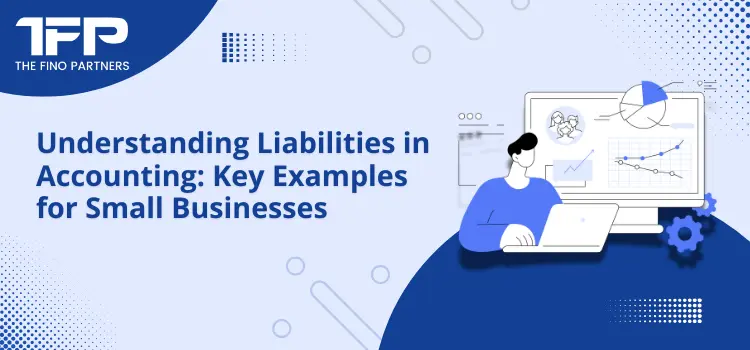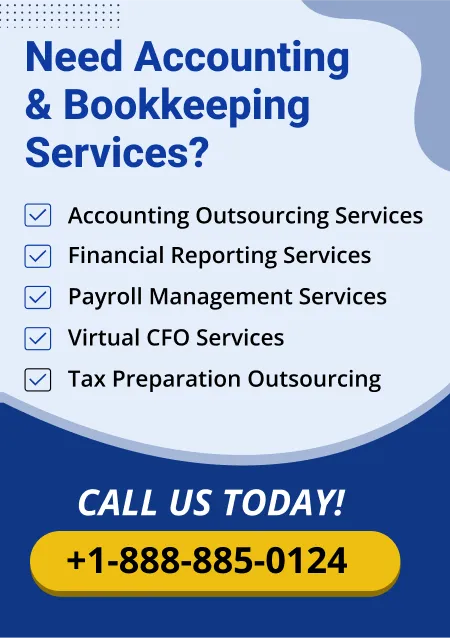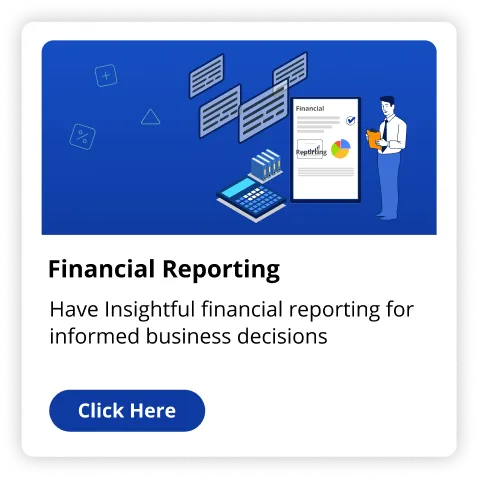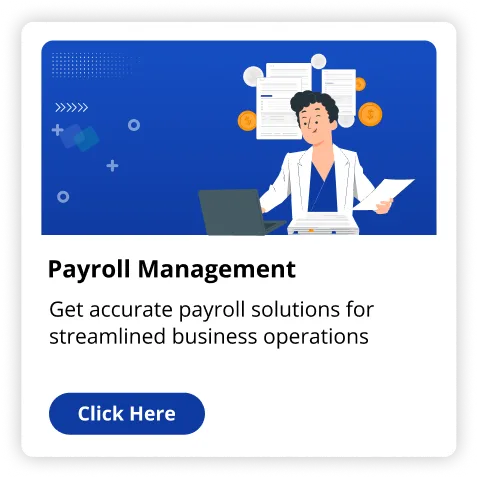A major component of a small business's financial profile is its liabilities. Liabilities are basically the obligations that a business has to third parties. These tasks are the result of many corporate obligations like taking out loans, paying employees, financing the acquired goods etc. Small businesses need to have an in-depth understanding of their liabilities in order to effectively manage their cash-flow, long-term financial growth plan and maintain a healthy balance sheet. This blog will navigate through all the key responsibilities of a business and give instances of how these duties affect businesses in the long-term. This guide will assist you in negotiating the complicated world of liabilities, no matter whether you're just beginning out in business or want to gain an improved understanding of your finances.
The Accountability Theft: Types of Liabilities
In accounting, liabilities are typically separated into two groups: long-term and current liabilities. Making prudent business choices and managing financial health need an understanding of the differences between these two kinds.
1. Payment on Hold: Current Debts
Liabilities that a business strategies to pay off in a year are referred to as current liabilities. These are typically the most difficult liabilities for small businesses to deal with since they have an immediate effect on everyday activities and need prompt attention. Current responsibilities include, for example:
- Accounts payable: Sums due to suppliers or vendors for goods or services that are now being supplied but are yet to be paid for. For example, account payable is the sum due to the supplier whenever a business purchases goods on credit.
- Short-term Loans: These include business mortgages with a one-year payment period. Small businesses frequently take out short-term loans to cover unanticipated expenses or need for working capital.
- Accrued Expenses: These reflect previously incurred out-of-pocket expenses. As a case study, examine government taxes, loan interest, and compensation for workers.
- Unearned Income: When a business gets paid for products or services that will be delivered at a later time, this is known as unearned revenue. For instance the advanced payment done to your business for a task allocated won’t be considered revenue earned.
2. The Far-Future Debt: Long-Term Liabilities
Long-term liabilities are debts businesses pay-off over a period of time. These tasks require mindful financial preparation and can be part of long-term planning or investments. Long-term liabilities include, for example:
- Long-term Loans: These are business mortgages who have repayment terms longer than a year. Many small businesses look to long-term loans for major expenditures such as acquiring real estate or equipment.
- Mortgages: If a small business owns real estate, its mortgage is seen as a long-term commitment. A mortgage's principal and interest are paid back over an array of years.
- Bonds Payable: A few businesses issue bonds as a way of raising capital. Debt owed by creditors is regarded as an ongoing commitment until the bonds mature.
- Lease Obligations: For businesses with longer-term leases than a year for property or equipment, upcoming lease payments are regarded as long-term liabilities.
The Cautious Tale of Liabilities for Small Businesses
Managing liabilities is one of the important tasks when it comes to running a successful business. Mishandling liabilities can have severe repercussions. They will negatively affect your cash-flow, revenue, capacity for getting funding for growth in the future. Liabilities can affect various facets of a small business as follows:
- Management of Cash Flow: The business's current liabilities have an impact on its cash flow. For instance, a business has to guarantee that it has adequate funds on hand to reimburse suppliers on time if it has a significant amount of accounts payable. Poor handling of liability can result in liquidity issues that disrupt business operations and damage connections with contractors.
- Reputation Liabilities: are incorporated in the balance sheet of a business, which is frequently utilised to figure out how much money it can borrow. Creditors and lenders always keep in check the ratio of liabilities to assets whenever they assess the financial conditions of your business. Getting funding is hard when businesses have a high ratio of liabilities to assets. Small businesses should be mindful in keeping a balance between their liabilities and assets in order to boost their financial status.
- Growth and Profitability: Liabilities can reduce the profits of a business even though they are crucial for growth if they aren't managed properly. For instance, too much loan interest rates or penalties for overdue accounts payable repayments may increase operational costs and lower profitability. Yet, making the most of liabilities may boost income and encourage growth. One example of this is taking out a debt to buy fresh machinery that increases production.
Instances of Debts: Key Examples for Small Businesses
Small business owners may better handle their financial responsibilities with an improved comprehension of specific types of liabilities. Here are some noteworthy instances:
- Loans for Businesses: One of the most prominent types of obligations for small businesses is loans. Until they are entirely repaid, loans whether they are long-term loans for equipment or short-term loans for working capital needs—are regarded as liabilities.
- Debt from Credit Cards: Credit cards are frequently employed by small businesses for managing cash flow and to pay for regular costs. However, as interest and fees may mount up, credit card debt develops into a problem if it isn't paid off in whole each month.
- Debt from Payroll: Payroll liabilities include taxes due to the government, employee salary, and benefits like retirement savings or health insurance. To avoid hefty penalties and keep employees satisfied, one must manage these liabilities carefully.
- Supplier Invoices: Until they are settled, any unpaid supplier invoices are considered as liabilities. Effective accounts payable administration helps the business avoid late fees and maintain positive relationships with its suppliers.
Final Thoughts
In summary Knowing your liabilities is essential for making your small business financially stable. Small businesses should consider liabilities as an important part of the accounting process. Effectively managing cash-flow, identifying the difference between current vs long-term obligations and strategically utilizing liabilities. By successfully handling their roles, businesses may reduce financial risks and maximise on possibilities for growth. Outsourcing accounting services to the competent hands of Fino Partners will help you recognize liabilities and manage your finances effectively.



























